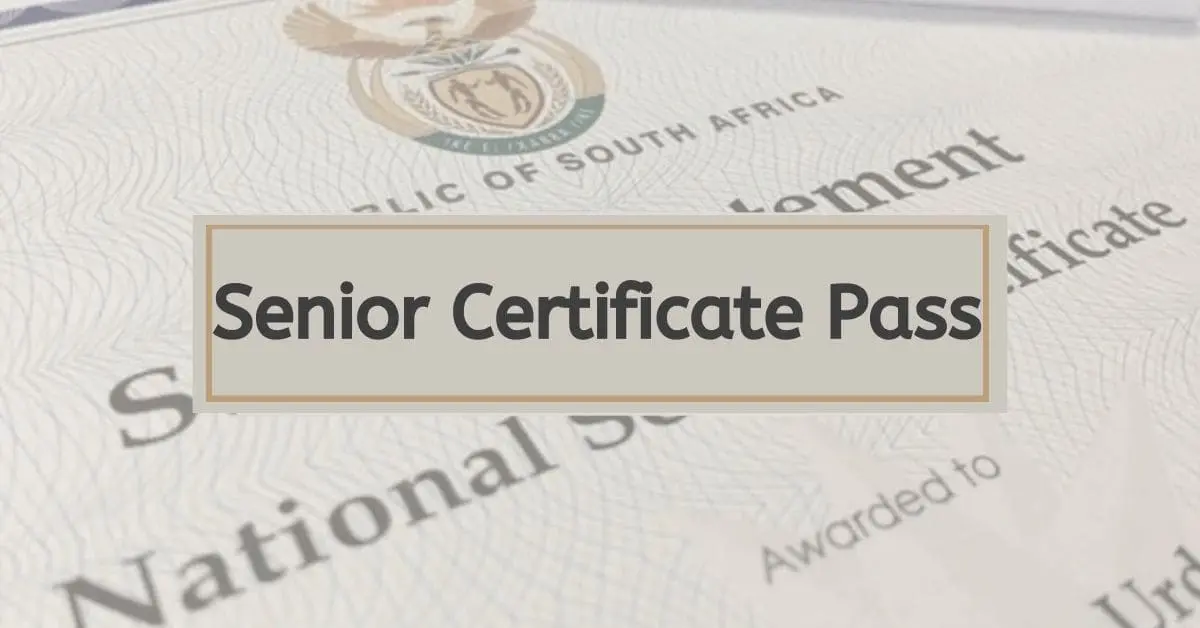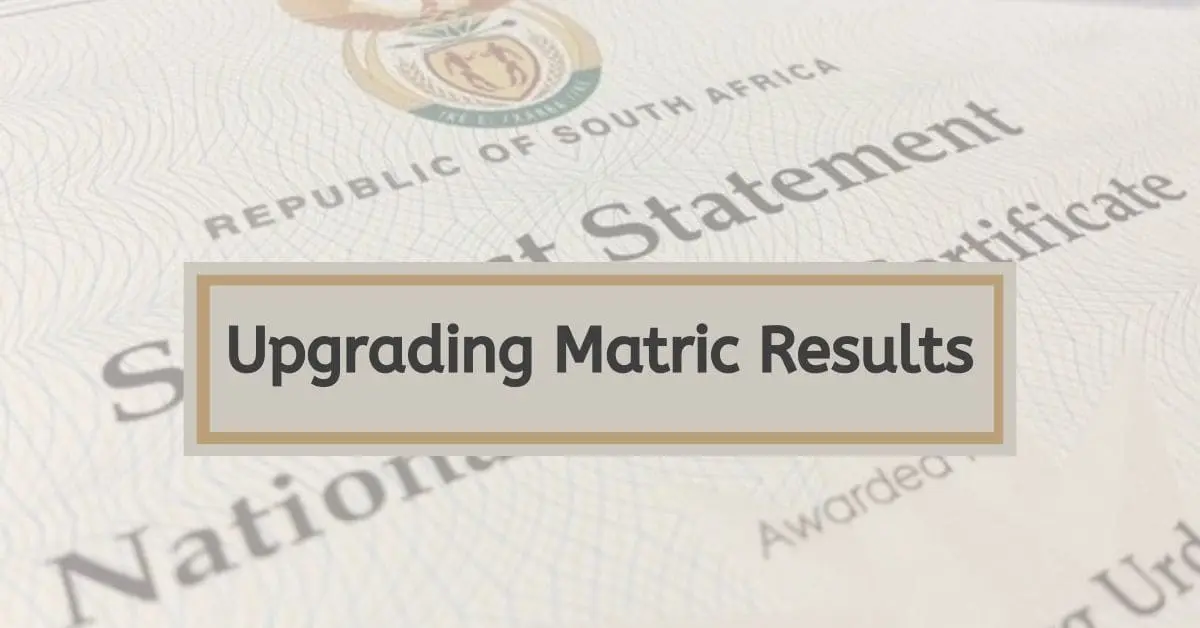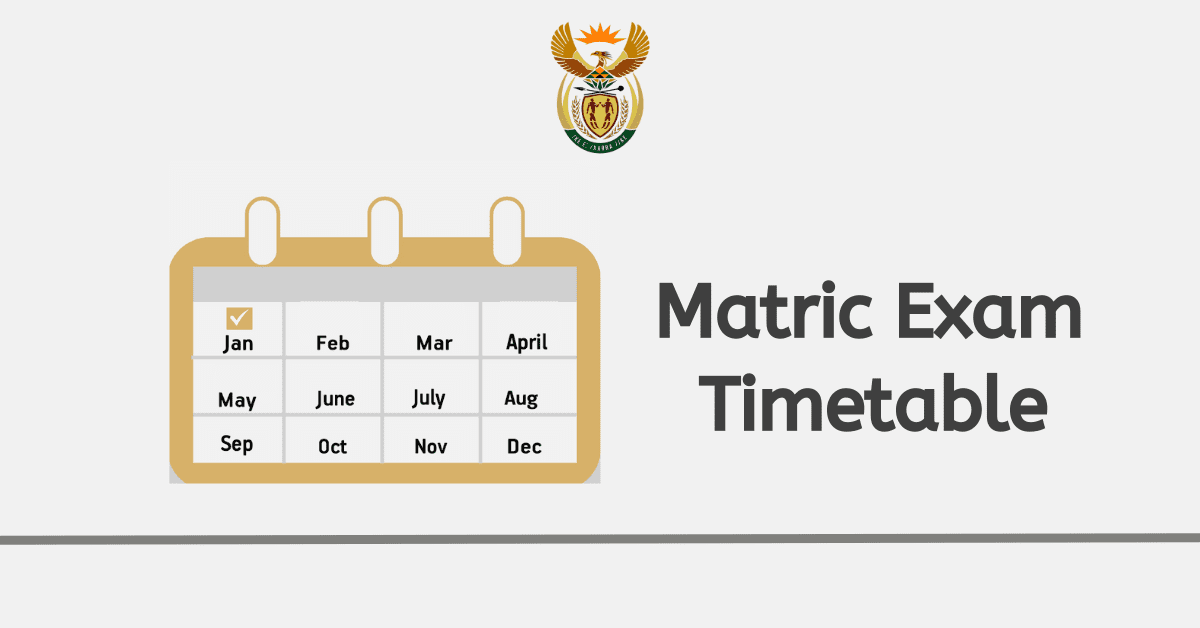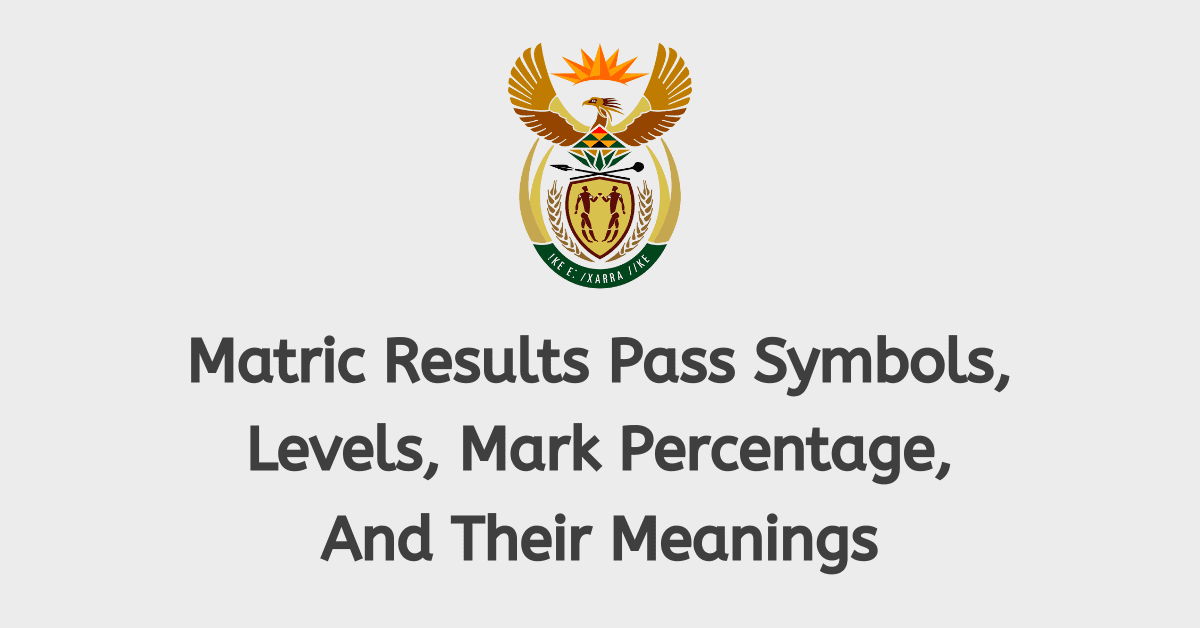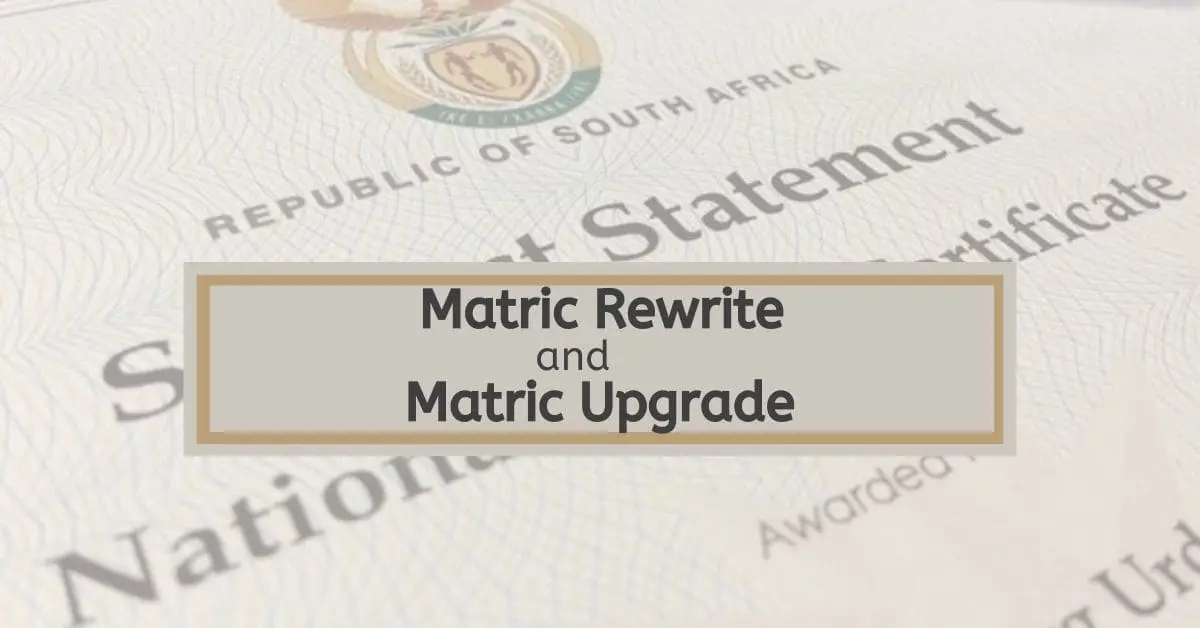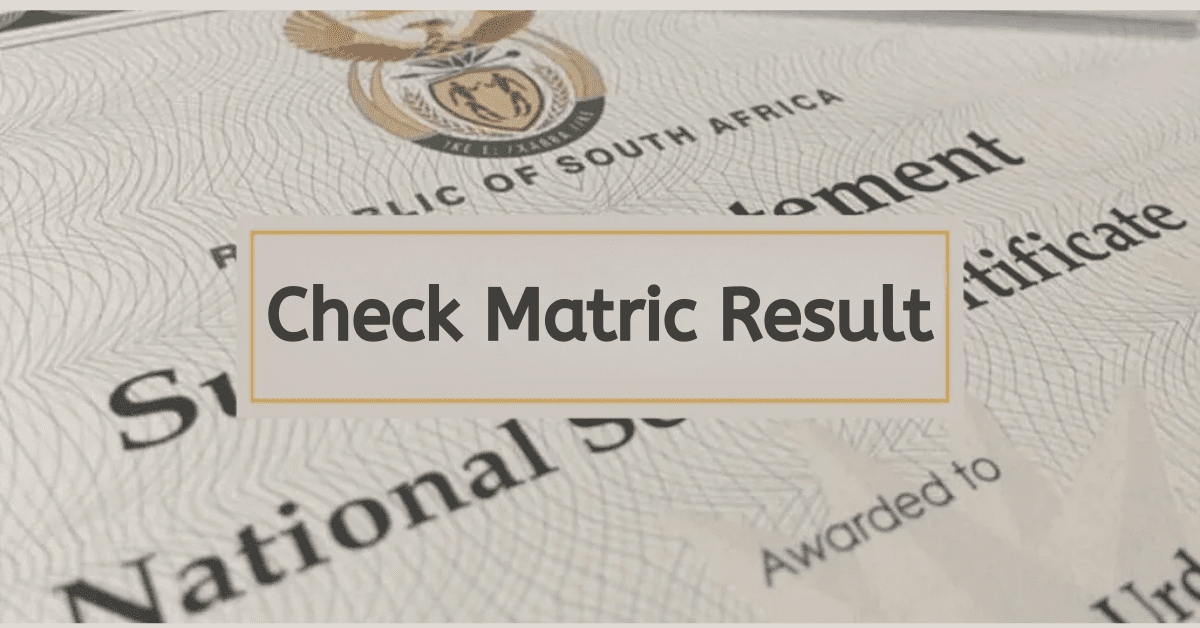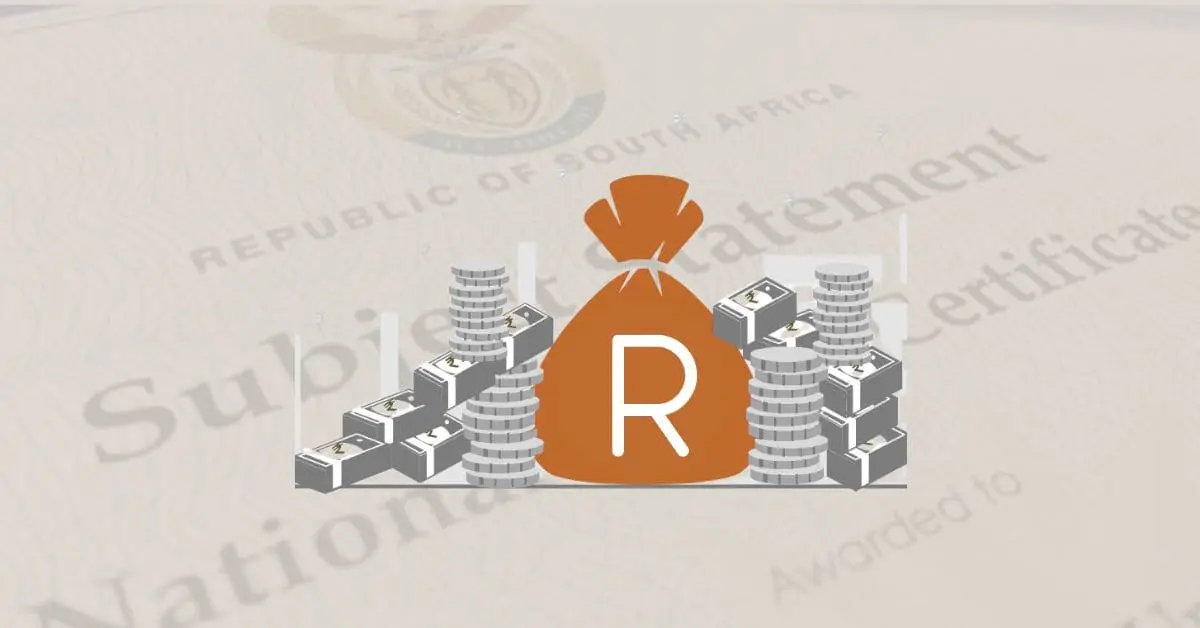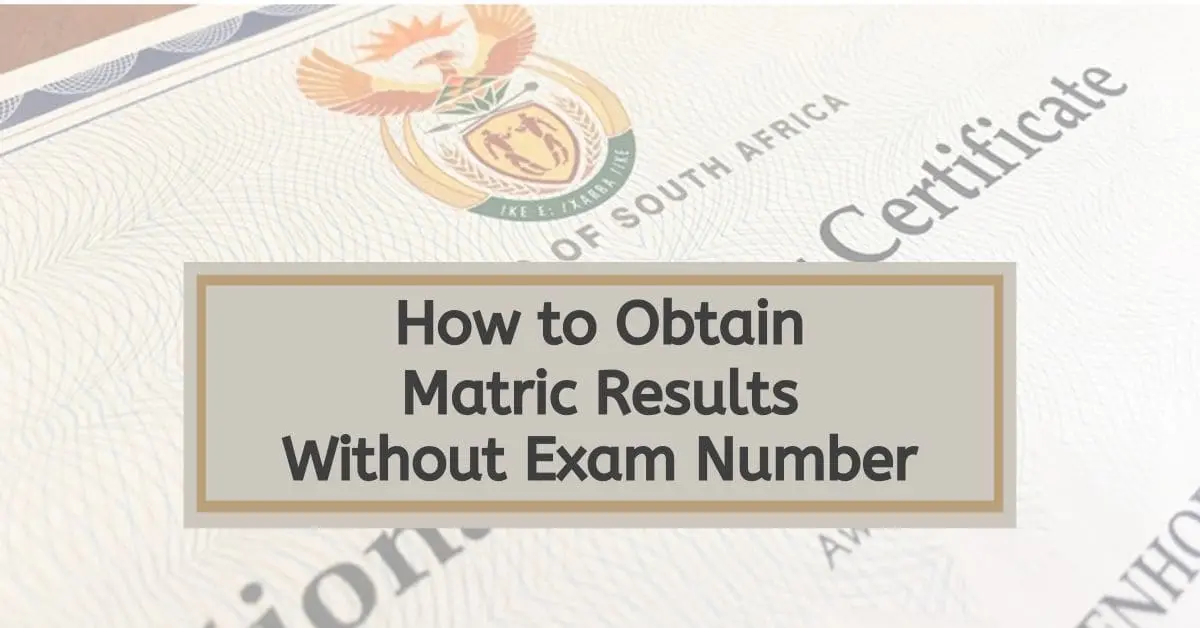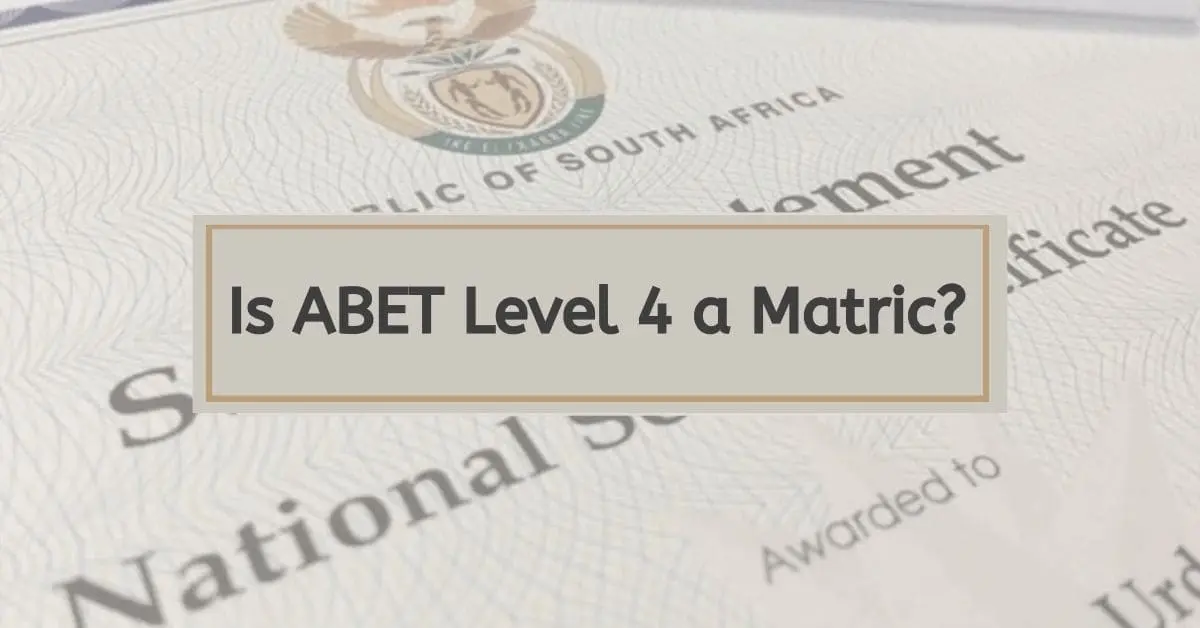Understanding how matric results are calculated is essential for students and parents in South Africa. Matric results determine a student’s academic achievement and eligibility for further education or career opportunities. This comprehensive guide aims to provide a clear explanation of how matric results are calculated in South Africa. The calculation involves a combination of school-based assessments (SBAs) and the final examination. It is important to note the pass requirements for different levels of achievement, including the Bachelor’s Degree, Diploma, and Higher Certificate passes.
The guide will also explain the grading system and the points-based Admission Point Scores (APS) used to determine eligibility for admission to universities or colleges. Students and parents can better support educational and career decisions by understanding the calculation and interpretation of matric results.
How to Calculate Overall Matric Mark
Matric results in South Africa are calculated by combining the scores from school-based assessments (SBAs) and the final examination. Grades in the matriculation comprise two components: 25% from the SBAs encompassing tests, projects, and assignments, and the remaining 75% from the final exam.
To compute the ultimate matriculation grade, multiply the final exam grade by 0.75 and the SBA grade by 0.25. Summing up these two percentages yields the final grade.
What Percentage Do I Need to Pass Matric?
Students must meet the minimum subject requirements to pass matric in South Africa and obtain the National Senior Certificate (NSC). The pass requirements vary depending on the level of achievement desired.
For a general NSC pass, students must achieve the following minimum percentages:
- 40% or higher in their home language
- 30% or higher in two other subjects
Furthermore, students may fail their native language course if they pass the remaining six courses with a minimum score of 30%.
Nonetheless, the requisite pass standards become more stringent when students aspire to achieve higher academic accomplishments, such as graduating with a Bachelor’s Degree. To achieve a Bachelor’s Degree pass, students must meet the following minimum percentages:
- 40% or higher in their home language
- 50% or higher in four high-credit subjects
- 30% or higher in two other subjects
It’s important to note that the pass requirements may vary for different subjects. Some subjects may have specific requirements or higher minimum percentages.
How Many Subjects Do You Need to Pass Matric With a Bachelor?
Students must meet specific subject requirements to pass matric with a Bachelor’s Degree. The Bachelor’s Degree pass is the highest level of achievement and enables students to pursue further studies at universities. To obtain a Bachelor’s Degree pass, students must meet the following subject requirements:
- Obtain a minimum of 40% or higher in their home language.
- Achieve 50% or higher in four high-credit subjects.
- Attain 30% or higher in two other subjects.
It’s important to note that the subjects considered high credit may vary. Generally, subjects such as Mathematics, Physical Sciences, Life Sciences, Accounting, and Economics are often classified as high-credit subjects. However, students should consult the Department of Basic Education or their schools for the high-credit subjects applicable for their matric year.
In addition to meeting the subject requirements, students must also satisfy the overall pass requirements, including achieving a minimum of 40% or higher in their home language and attaining the required percentages in the remaining subjects.
How Do You Calculate the Overall Matric Mark?
The overall Matric mark in South Africa is calculated by combining the scores obtained in the school-based assessments (SBAs) and the final examination. The SBAs contribute 25% to the final mark, while the final examination contributes 75%.
The final Matric grade is arrived at by multiplying the student’s score on the SBA by 0.25 and their score on the final test by 0.75. When you add up the two scores, you get a percentage out of 100, your total grade.
It’s important to remember that the SBAs and final exams may have different weights in different courses. Some subjects may have different weightings, such as 50% for the SBAs and 50% for the final examination.
How Do You Calculate the Final Grade For Each Subject?
In South Africa, the final grade for each subject in matric is calculated based on the percentage achieved by the student. The final grades are determined using a grading system that assigns levels of achievement to different percentage ranges.
The grading system used for matric results is as follows:
- Level 7: 80 – 100% (Outstanding achievement)
- Level 6: 70 – 79% (Meritorious achievement)
- Level 5: 60 – 69% (Substantial achievement)
- Level 4: 50 – 59% (Moderate achievement)
- Level 3: 40 – 49% (Adequate achievement)
- Level 2: 30 – 39% (Elementary achievement)
- Level 1: 0 – 29% (Not achieved: Fail)
Determining the final grade for each subject is contingent upon the specific percentage range within which the student’s mark resides. As an illustration, if a student attains a score of 85% in a particular subject, the resultant final grade for said subject would correspond to Level 7, denoting exceptional accomplishment.
Notably, the ultimate grades are utilized in the computation of the Admission Point Scores (APS), which hold significance in the context of university or college admissions. The APS is determined by converting the final grades into points. The points assigned to each grade range are as follows:
- 80 – 100% = 7 points
- 70 – 79% = 6 points
- 60 – 69% = 5 points
- 50 – 59% = 4 points
- 40 – 49% = 3 points
- 30 – 39% = 2 points
- 0 – 29% = 1 point
